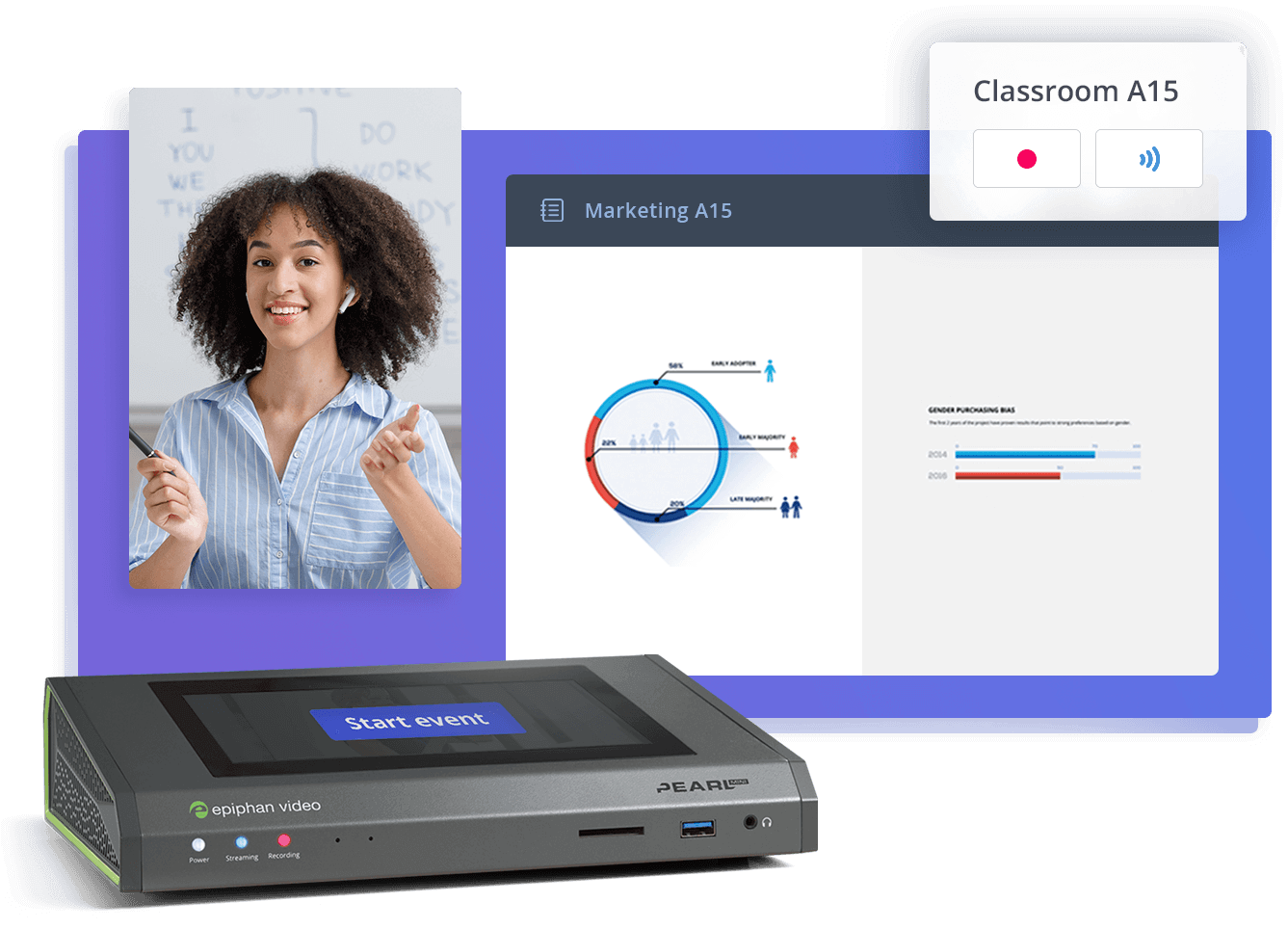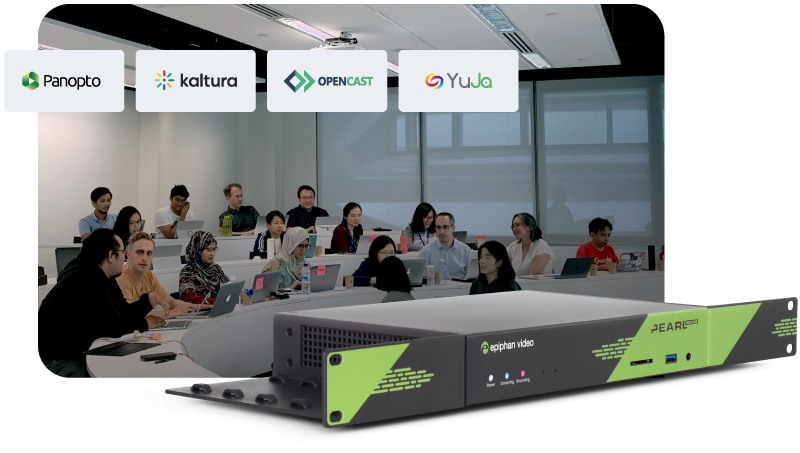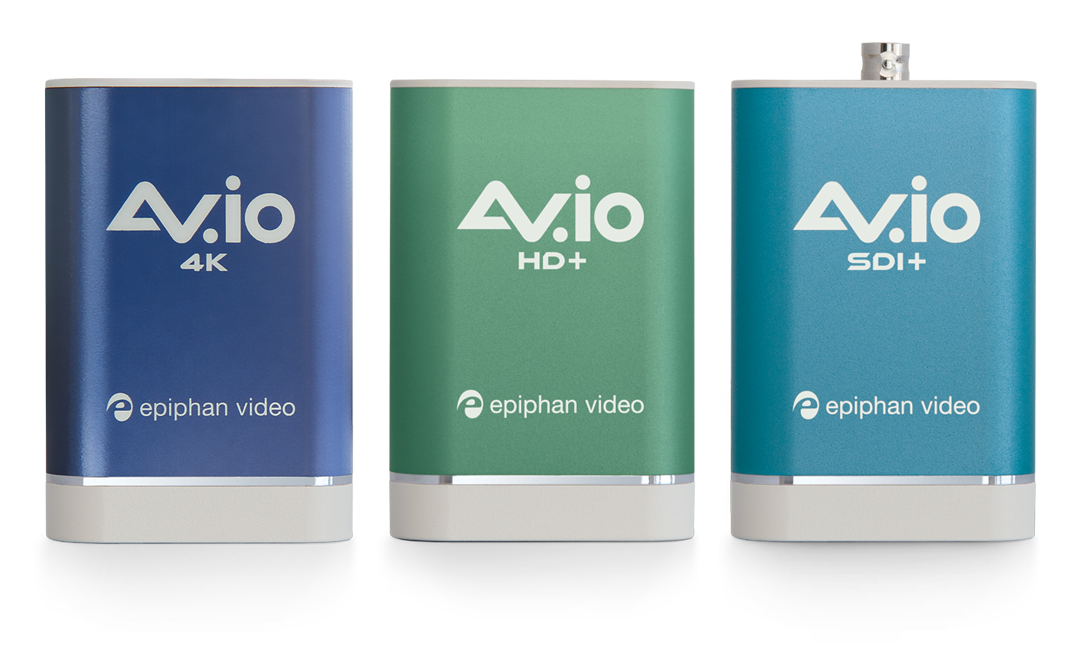In our last blog, we covered the latest classroom technology trends and how to leverage them for better student outcomes. This time, we’ll be discussing the specific tools that can help elevate the learning experience.
In the ever-evolving landscape of education, the introduction of technology has completely changed the way we learn and teach. From immersive virtual classrooms to personalized learning experiences, the realm of educational technology, known as edtech, has created many groundbreaking tools and platforms. In this blog, we dive into the top 10 categories of edtech tools that are reshaping the learning experience.
If you are hoping to learn more about the best edtech tools and how they are are shaping the future of learning – you’ve come to the right place.
Learning Management Systems (LMS)
Learning Management Systems (LMS) are like virtual command centers for schools, bringing everything from coursework to communication under one digital roof. LMS platforms like Canvas or Blackboard offer all-in-one solutions for managing instructional content, assessments, and communication.
Teachers can upload all course materials (e.g., lecture notes, readings, assignments) onto the platform, creating a centralized hub for students to access anytime, anywhere.
Here’s a scenario: Suppose a student misses a class due to illness. Instead of falling behind, they log into the LMS and find the day’s lesson, assignments, and even a recording of the lecture if the teacher used the system’s recording feature. They can ask questions or submit their work directly through the platform, staying engaged with the class even when physically absent.
Moreover, an LMS fosters collaboration among students. It might have discussion boards where they can share ideas, ask each other questions, or work together on projects outside of class hours.
Plus, the system helps teachers track student progress, identify areas where students might be struggling, and personalize learning by tailoring assignments or resources to meet individual needs – all contributing to a more enriched and inclusive learning experience for every student.

Equip your campus with best-in-class video solutions
Meet your school’s video production needs with a lineup of flexible and scalable hardware for video capture, streaming, and recording – all centrally managed. Perfect for lecture capture, online learning programs, and more.
Content Management Systems (CMS)
Content Management Systems (CMS) tools like Panopto and Kaltura play a pivotal role in organizing and distributing educational content effectively. These platforms serve as versatile repositories for a wide range of materials, including videos, presentations, and documents.
Picture a literature professor using Panopto to upload comprehensive video lectures enriched with slides. This content becomes instantly available to students, allowing them to revisit these lectures at their own pace, pause, rewind, and make personalized study notes. All of this facilitatates a more tailored learning experience.
CMS platforms also prove to be very valuable in the realm of collaborative projects. Consider an engineering class leveraging Kaltura or Panopto to record and share group discussions, experiments, or presentations. Students collaborate seamlessly, sharing these recordings among team members and instructors. This not only encourages teamwork but also provides a platform for valuable insights that aid in assessments and collective learning.
Moreover, many CMS integrate directly with LMS, streamlining the educational experience. Teachers can then easily embed video resources directly into platforms like Canvas. This setup brings all learning materials together in one easy-to-reach place. It helps students move through their courses smoothly and enjoy a complete learning experience that mixes organizing content and following a structured course.

Simplify lecture capture with seamless video solutions
Learn moreLecture capture solutions
Software and hardware lecture capture solutions live stream and record classes for on-demand access. Recorded lectures provide a lot of flexibility for students: If a student ever misses a class, they can watch the recorded session later.
Moreover, lecture capture promotes innovative teaching methodologies. Professors can experiment with flipped classrooms, assigning recorded lectures as homework, and using in-class time for discussions and problem-solving sessions. This dynamic approach encourages active learning and engagement.
For a more seamless experience, lecture capture solutions can be integrated with other edtech tools like CMS. For instance, Epiphan Pearl Mini integrates directly with CMS like Panopto and Kaltura. This means that a recording made on the device is automatically delivered to the CMS or shared through a LMS, creating a holistic educational ecosystem.

Small in size, big on pro features
For all your video capture needs, look no further than Pearl Mini™. Record, stream, and switch up to three full HD video inputs. Integrate seamlessly with Panopto, Kaltura, and YuJa CMS.
Interactive learning platforms
Elevate engagement with platforms that foster interactive learning. Tools like Poll Everywhere or Mentimeter can transform lectures into dynamic discussions, enhancing comprehension and participation.
Using these tech tools, teachers can create more engaging classes. For example, in a high school science class, Poll Everywhere can turn a lecture on the periodic table into an interactive discussion. Students answer questions in real-time using their devices, sparking conversations and helping the teacher know what’s understood and what needs more focus.
Similarly, in a university economics lecture, Mentimeter can keep students involved with live polls and quizzes. This instant feedback makes the class more interactive and ensures everyone stays engaged, whether they’re in-person or joining remotely. These tools transform passive listening into active participation, making learning more enjoyable and effective.
Virtual Reality (VR) and Augmented Reality (AR) tools
Immerse students in a new dimension of learning with VR and AR tools. Applications like Google Arts and Culture or Zappar can turn abstract concepts into vivid, interactive experiences.
For example, in a biology class, Google Arts and Culture can take students on virtual field trips, exploring ecosystems and organisms. This immersive experience makes learning hands-on and memorable.
Similarly, in a history lesson, Zappar brings historical events to life with augmented reality. Students can use their devices to interact with 3D models of ancient artifacts or famous landmarks, making the past tangible and engaging.
These tools turn abstract ideas into interactive experiences, making learning more immersive and captivating for students, allowing them to explore subjects in ways that were once unimaginable.
Adaptive learning platforms
Adaptive learning platforms like Smart Sparrow and Knewton customize learning for each student. For instance, in a math class using Smart Sparrow, the platform can adjust exercises based on how well a student solves problems, providing tailored lessons to improve their weak areas.
Similarly, in a language course, Knewton adapts content to match each student’s proficiency level. This personalized approach ensures that every student gets challenges suited to their abilities, making learning more effective and engaging. These platforms revolutionize education by tailoring lessons to match individual learning styles and abilities.
Video conferencing solutions
Facilitate virtual classrooms and collaborative discussions with video conferencing tools. Zoom and Microsoft Teams are indispensable for connecting educators and students in real-time and making online learning possible
Video conferencing tools like Zoom and Microsoft Teams are essential for connecting teachers and students in real-time. For instance, in an online class, Zoom brings everyone together, allowing interactive discussions and live lessons, while Microsoft Teams facilitates collaboration on group projects, making distance learning feel more connected and interactive. These tools enable seamless communication and collaboration, bridging the gap between educators and students, regardless of their physical location.

AV.io USB capture cards
Capture lossless video from just about any video source including DVI, HDMI, and SDI. Seamlessly integrate with third-party video encoding, scaling, and streaming software.
Digital whiteboarding tools
Bring the traditional whiteboard into the digital realm with tools like Miro or Jamboard. Encourage creativity and collaboration, making complex concepts more digestible.
Digital whiteboarding tools like Miro and Jamboard digitize the classic whiteboard experience. For instance, in a design class, Miro allows students to brainstorm ideas collaboratively, creating mind maps or sketching designs together in real time, fostering creativity and teamwork.
Similarly, in a physics lesson, Jamboard can help break down complex concepts by allowing the teacher to illustrate formulas or diagrams virtually. Students can engage by adding their explanations or working through problems together, making abstract ideas more understandable and interactive.
These tools take traditional brainstorming and explanation methods to a digital platform, promoting collaboration and enhancing understanding of complex subjects in a more interactive and engaging way.
Gamification platforms
Gamification tools like Kahoot! and Classcraft make learning fun and competitive. For instance, in a history class, Kahoot! can turn quizzes into lively competitions, where students race to answer questions, boosting engagement and knowledge retention.
Similarly, in a language course, Classcraft gamifies learning by turning lessons into quests and challenges. Students earn points and rewards for completing tasks, motivating them to participate actively and making learning more enjoyable.
These platforms leverage game-like elements to make learning entertaining and interactive, encouraging students to actively engage with the material in a way that feels more like play than work.
Accessibility tools
Accessibility tools like Otter.ai and Be My Eyes promote inclusivity in education. For example, Otter.ai is a cloud-based platform that provides transcriptions for lectures, ensuring that students with hearing impairments can access the content easily.
Similarly, Be My Eyes assists visually impaired students by connecting them with volunteers who can help through live video calls, ensuring they have the support they need to navigate educational materials or their surroundings.
These tools break barriers by providing support to students with different needs, ensuring that education is accessible to everyone, regardless of disabilities or challenges they may face.
These ten edtech tools are the secret arsenal for those steering the ship of learning experience design. We hope that as you explore these tools, you also envision the seamless, easy-to-use, and reliable platform experience that will define the future of learning for both teachers and students.

